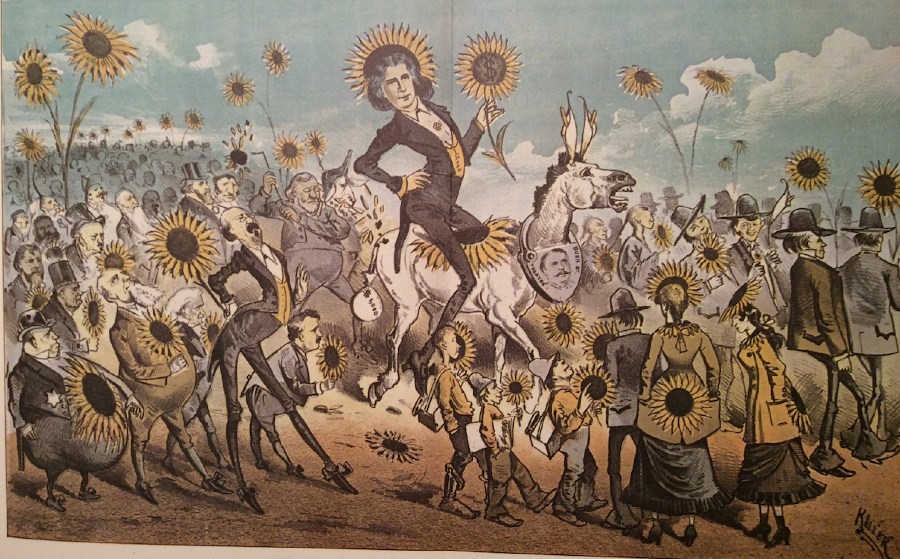

From above, they might appear like a giant ant mound. When it was safe to return to the surface, the Ant People instructed the building of incredibly complex habitations such as what is seen today at Chaco Canyon. They learned about the stars and mathematics and would put those skills to use when they founded a new civilization.
The myth of the ant queen individuality how to#
Surviving underground with the Ant People, the Hopi ancestors learned how to grow food with little water and build dwellings in the rocks. Once again, we see stories of a great flood like that described in Sumerian texts and the Bible. In the Hopi legend, these Ant People were their saviors, taking them underground and teaching them how to survive two extreme cataclysms. Ancient Astronaut theorists observe Orion and other systems such as the Pleiades appearing over and over in the layout of the pyramids and ancient structures. In both languages, they are describing extraterrestrial beings, but the Hopi say these Ant People came from under the ground.Īnother strikingly similar word is the Hopi word sohu, meaning “star,” and the Egyptian word sahu means “stars of Orion.” This constellation is seen repeatedly across the globe. The word, Naki translates to “friends.” Thus, Anu-Naki translates to “ant friends” in Hopi. The Babylonian sky god was named Anu, which is the Hopi word for ant. It could be coincidental, but it is quite striking. The Hopi words for the Ant People or Ant Friends (Anu Sinom) create a direct link to the stories of the Anunnaki. The cows may have represented our Milky Way galaxy, and in the case of the ants, they described beings from the stars known as the Ant People. The Hopi have a reverence for ants, similar to the way the Egyptians and Sumerians and other cultures had a special reverence for cows. Animals symbolic of these beliefs appear frequently in ancient art. In ancient cultures, there is a common thread of worshipping extraterrestrial beings from the stars who will one day return. Why? Let’s take a simplified look, respecting the truth that only members of the Hope tribe could fully explain. Once you learn about the Ant People, you can’t help but compare them to the ancient Sumerian texts of the Anunnaki. One example is from the Hopi Native America tribe and their beliefs in “Ant People.” The Hopi of the American Southwest are sometimes referred to as “the oldest of people” by other Native American tribes. Some are so glaring that it takes real effort to ignore them, but that’s what many people do. Though Cretaceous stem-group ants were eusocial and adaptively diverse, we hypothesize that their extinction resulted from the rise of competitively superior crown-group taxa that today form massive colonies, consistent with Wilson and Hölldobler’s concept of “dynastic succession.The more you look at ancient texts and stories from around the world, you can’t help but see surprising patterns.

Stem-group ants are recovered as a paraphyletic assemblage at the base of modern lineages varying greatly in size, form, and mouthpart structure, interpreted here as an adaptive radiation. Two species and an unusual new genus are described, further expanding the remarkable diversity of early ants.

We present rare aggregations of workers, indicating group recruitment as well as an instance of interspecific combat such aggression is a social feature of modern ants. The stem-group genus Gerontoformica maintained distinct reproductive castes including morphotypes unknown in solitary aculeate (stinging) wasps, providing insight into early behavior. A wealth of specimens from rich deposits of 99 million-year-old Burmese amber resolves ambiguity regarding sociality and diversity in the earliest ants. Such impact is traditionally explained by sociality: ants are the first major group of ground-dwelling predatory insects to become eusocial, increasing efficiency of tasks and establishing competitive superiority over solitary species.

Moreover, ants are pervasive agents of natural selection as over 10,000 arthropod species are specialized inquilines or myrmecomorphs living among ants or defending themselves through mimicry. As many as 94 out of every 100 individual arthropods in rainforests are ants, and they constitute up to 15% of animal biomass in the Amazon. Across terrestrial ecosystems, modern ants are ubiquitous.


 0 kommentar(er)
0 kommentar(er)
